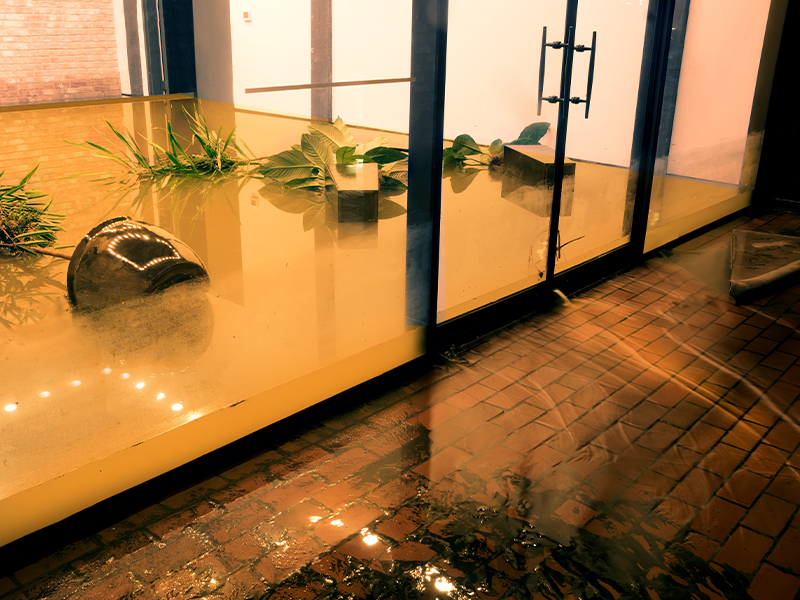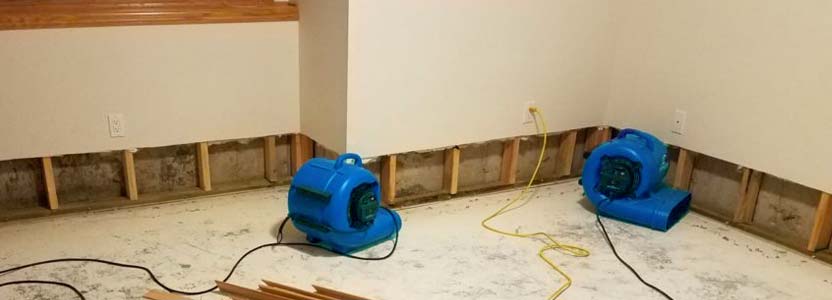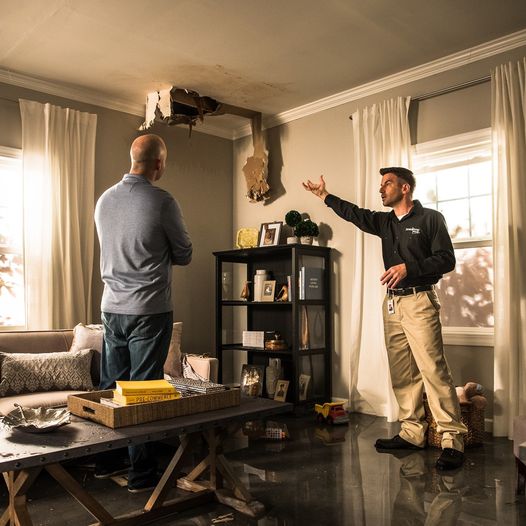Reliable Mold Removal Albany NY: Trust Our Know-how!
Wiki Article
Crucial Steps for Effective Water Damages Reconstruction in Your Home
Water damage in your home can be an upsetting incident that needs prompt focus and organized repair. When faced with water damages, understanding the vital actions to take can make a substantial distinction in the end result of the repair process.Identify the Water Damages Source

To identify the water damages source, start by visually inspecting your residential or commercial property for any type of noticeable signs of water leak or merging. Examine locations prone to water damage such as basements, attic rooms, and around plumbing fixtures. Use devices like dampness meters to identify concealed water buildup within wall surfaces or ceilings. It is additionally suggested to assess your home's upkeep documents to identify any kind of previous problems that may have added to the current water damages.
In instances where the source of water damages is not instantly obvious, speaking with an expert water damages repair business can offer experience in situating and attending to the underlying reason successfully. Quickly recognizing and attending to the water damage source is important in decreasing the extent of damage and guaranteeing a successful reconstruction process.

Remove Excess Water
To efficiently reduce water damages in your house, prompt removal of excess water is important to avoid more structural harm and mold and mildew development. The first step in eliminating excess water is to identify the source and stop the water from getting in the building. As soon as the source is managed, start extracting standing water using specialized tools such as water pumps, wet/dry vacuum cleaners, and dehumidifiers. It is critical to act quickly, as stationary water can seep into walls, floorings, and furnishings, causing irreparable damage. Start by concentrating on the most damaged areas and progressively job towards drying out the entire area.When getting rid of excess water, prioritize security by guaranteeing that electrical power is turned off in swamped areas to avoid electric risks. Additionally, use safety equipment such as gloves and boots to reduce call with polluted water. Be thorough in the extraction procedure, as even percentages of moisture left can lead to mold development and endanger the architectural integrity of your home. By without delay eliminating excess water, you can considerably decrease the level of water damages and restore your home to its pre-damaged problem.
Dry Out Affected Locations
Trigger removal of excess water sets the structure for the next essential action in water damage reconstruction: drying the influenced locations completely. As soon as the standing water has actually been extracted, the emphasis moves to drying the space totally to stop further damages and mold and mildew development.

In addition, making use of customized devices like wetness meters can help in identifying covert pockets of moisture within wall surfaces or floor covering, guaranteeing an extensive drying out technique. It is essential to keep an eye Home Page on the drying out development consistently to stop any type of obstacles or potential mold problems.
In instances of comprehensive water damages, looking for expert aid from water damage remediation experts is recommended to make sure complete drying out and avoid long-lasting architectural concerns. Keep in mind, comprehensive drying out is key to successful water damages reconstruction and protecting against future issues.
Tidy and Disinfect
After drying out the affected locations, it is vital to clean all surface areas with soap and water. Making use of EPA-approved anti-bacterials can assist in counteracting prospective health and wellness dangers existing in standing water or moisture-soaked products.When cleaning and disinfecting, it is crucial to wear ideal protective equipment such as gloves, masks, and goggles to guard yourself from any type of unsafe substances. Pay special interest to locations that are often overlooked, such as covert corners, wall surface dental caries, and view it under floor covering, as they can harbor moisture and microorganisms, resulting in mold and mildew growth and nasty odors if left without treatment.
Repair Work and Recover Damaged Locations
After finishing the cleansing and disinfection procedure, the following critical step in water damages repair is to fix and recover the damaged areas in your house. When the impacted locations have actually been thoroughly cleaned and decontaminated, it is important to analyze the extent of the damage to determine what fixings are required. This might entail repairing architectural damages, changing drywall, repairing flooring, or restoring harmed furnishings and belongings.It is essential to resolve water damage immediately to avoid additional issues such as mold development or structural degeneration. Hiring expert service providers or reconstruction professionals can ensure that fixings are done appropriately and efficiently. They have the expertise and tools to handle water damages reconstruction successfully.
When fixing and recovering harmed locations, it is critical to utilize quality products that are resistant to water damage to prevent future concerns. In addition, making certain appropriate ventilation and dampness control in the recovered areas can aid prevent website here mold development and keep a healthy interior environment. By addressing water damage without delay and properly fixing and restoring harmed areas, you can ensure the long-term safety and stability of your home.
Conclusion
In conclusion, efficient water damage repair in your house calls for recognizing the resource of the damages, removing excess water, drying affected areas, cleaning and disinfecting, and fixing harmed areas. By adhering to these vital actions, you can reduce the effect of water damage and recover your home to its pre-damaged problem. It is critical to act quickly and thoroughly to stop more damage and make certain a secure and healthy and balanced living setting.Report this wiki page